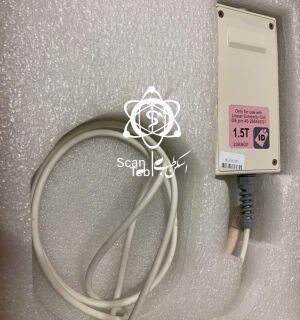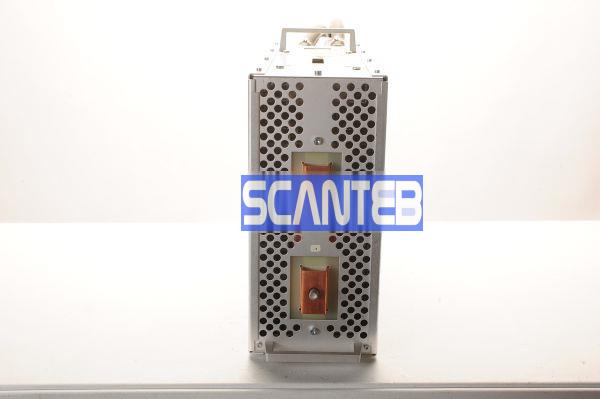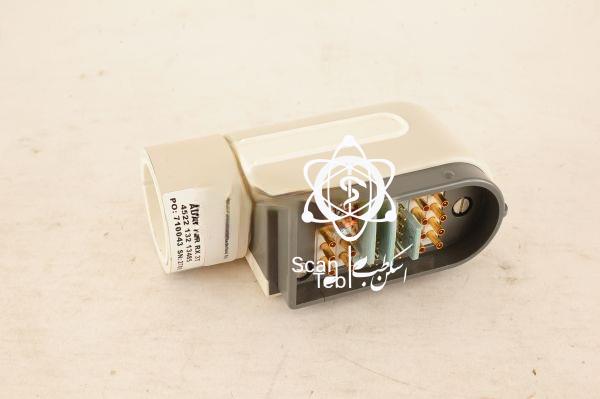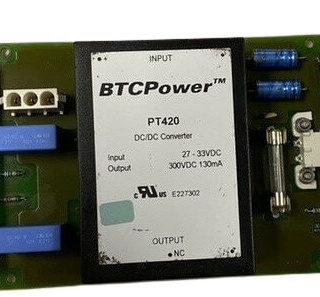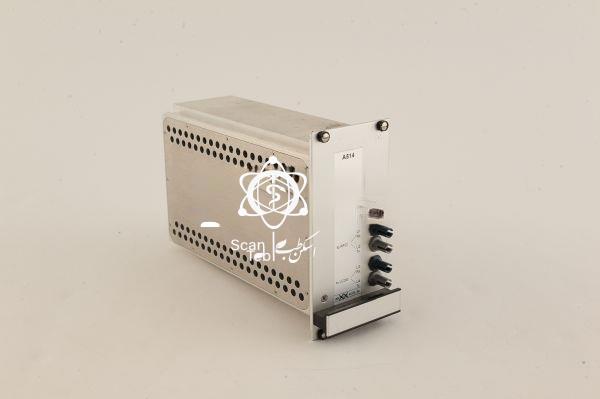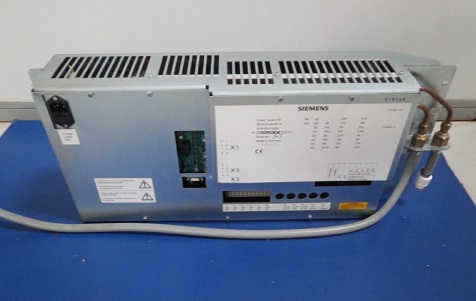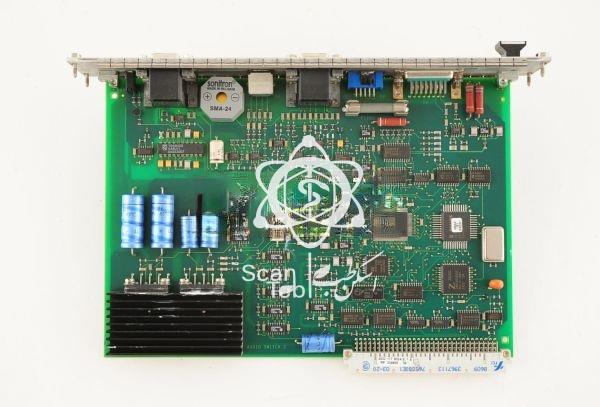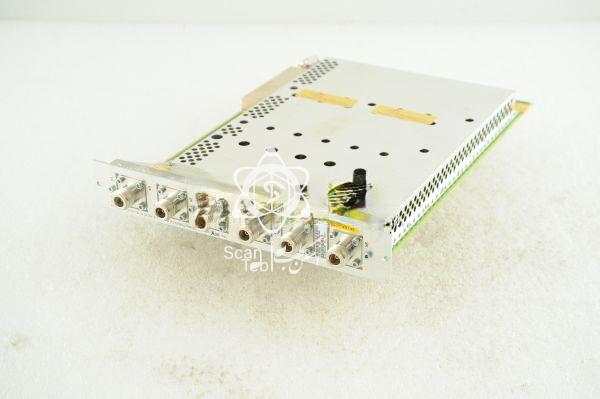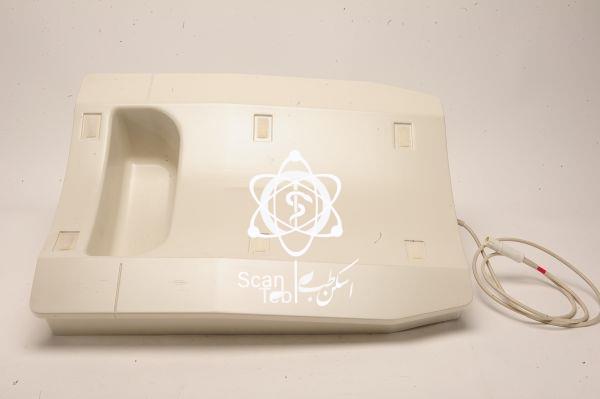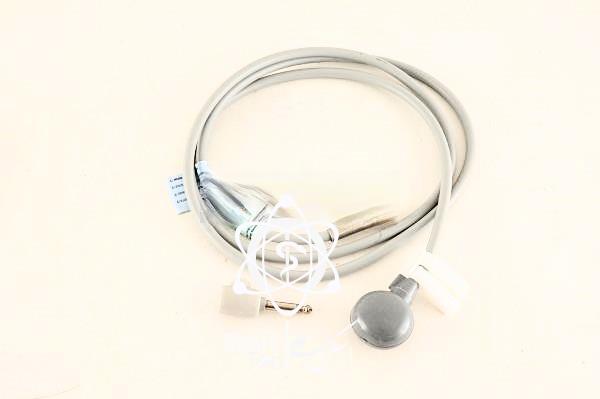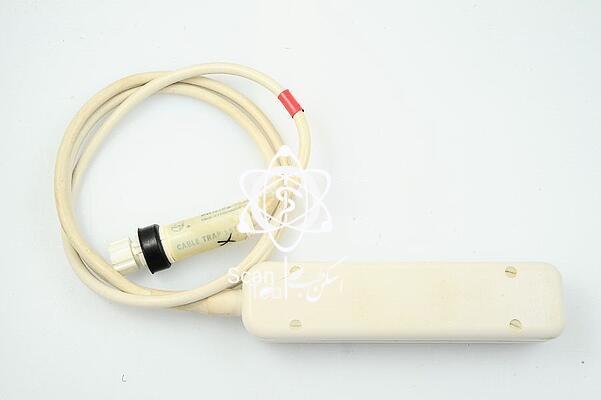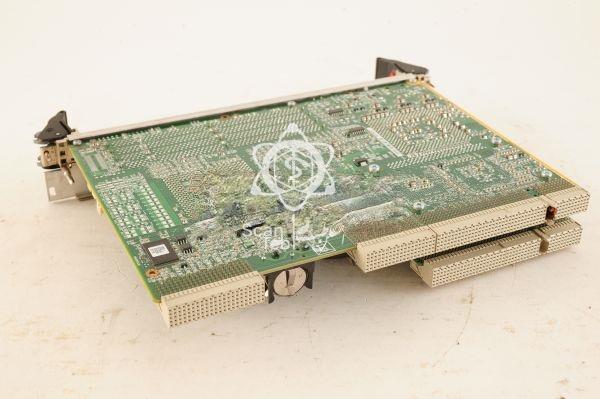
دسته: SuperKandactive
فیلتر محصولات
نمایش 1–16 از 52 نتیجه
-
GA (1)
-
Hitachi (1)
-
Philips (48)
-
Siemens (14)
-
(4757246) Squeeze Ball Interface for Harmony Siemens MRI
اطلاعات بیشتر -
1.5T LINEAR EXT CBL W/COIL ID
اطلاعات بیشتر -
10663308 Final Stage 059 Gradient Amplifier MRI Siemens
اطلاعات بیشتر -
16 Channel Magnet Philips Coil Connector
اطلاعات بیشتر -
16 Channel Torso Coil Sense XL Torso Machine Philips Achieva
اطلاعات بیشتر -
300v supply board Philips closed MRI
اطلاعات بیشتر -
3095700 AC-DC Vega 650 Power Supply for Siemens MRI
اطلاعات بیشتر -
A5140/A514 Controller Board Siemens
اطلاعات بیشتر -
AC-DC 230V Power Supply for Siemens MRI 3058955
اطلاعات بیشتر -
Achieva Philips Sound Switch Board
اطلاعات بیشتر -
Antenna Board Transmit Antenna Level Sensor Siemens Trophy Meter
اطلاعات بیشتر -
Breast Coil Philips MRI
اطلاعات بیشتر -
تخفیف!
Brest Disk
1,100 تومان990 تومان افزودن به سبد خرید -
Cable Nurse Call Device Intera 1.5T
اطلاعات بیشتر -
تخفیف!
Cable Trap
2,450 تومان1,200 تومان افزودن به سبد خرید -
CDAS SBC Board for Magnet Philips
اطلاعات بیشتر
SuperKandactive
MRI superconducting magnets use a coil made of alloys such as niobium/titanium or niobium/tin surrounded by copper. These alloys have zero resistance to electric current when cooled to about 10°C (-265°C). The coil is kept with liquid helium below this temperature. The power supply on either side of a short heated part of the coil is connected and the flow to the coil gradually increases over several hours to reach the desired magnetic field. The flow in the coil closed loop flows for a long time without significant reduction. One resulting feature is that the magnetic field is always there.
Surrounding copper acts as an insulator at low temperatures compared to the zero resistance of the alloy. Copper also protects alloy coil against loss in case of magnet shutdown. If the helium level drops too low or if a large ferromagnetic object enters the magnet marginal field, it can be extinguished. The shutdown leads to the loss of supercondactive with a lot of heat generated by the rapid cryogen flow and welding, or liquid helium. The gas produced explosively and suddenly exits the room by a quince pipe or quince pipe. But sometimes it can enter the scanning room and have threatening consequences.
Tesla’s Super Condactive 1.5 magnets allow for high-performance brain imaging, superior MR and SNR spectroscopy, and/or improved time and spatial resolution. But on the other hand, magnets above 1.5 T have additional challenges caused by RF heating, and increased noise caused by RF sensitivity and penetration, among other things.



